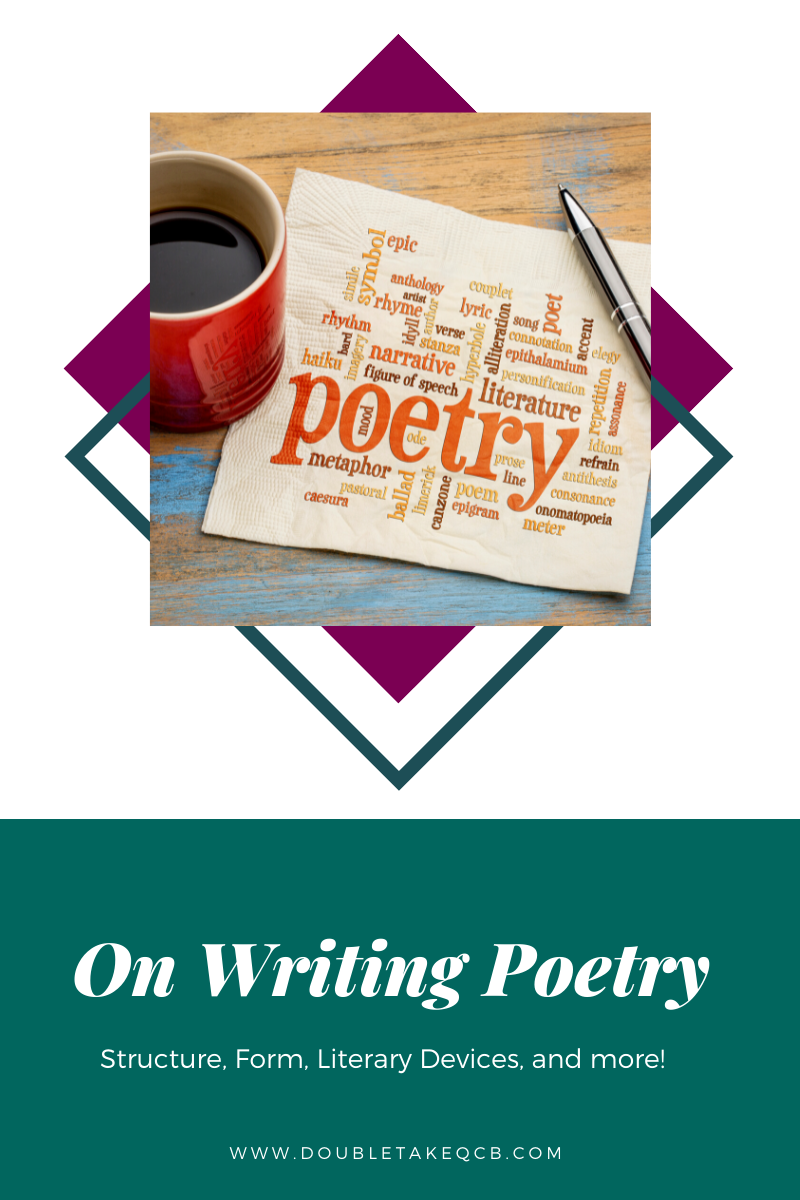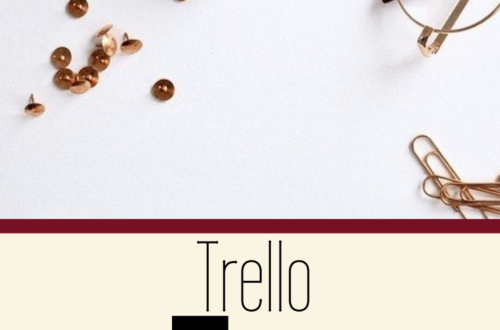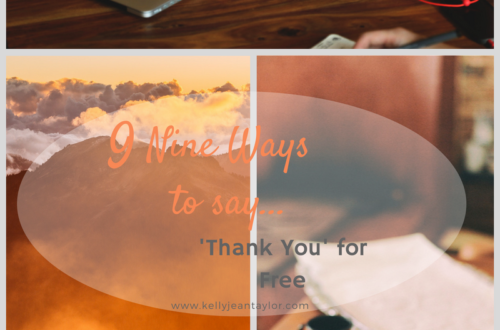
On Writing Poetry
Writing poetry can be difficult, not only that, it’s not the easiest to read either. That doesn’t mean you shouldn’t embark on that journey. Once you write your first poem, you’ll be on your way to even more success with this medium!
What is a Poem

A poem is a piece of composition written in verse. The length can range from a few short lines to pages worth of words, which one you decide to tackle will depend on your experience, and what you’re looking to accomplish.
Keep in mind that poems have certain qualities each share: most rely on symbolic language and imagery to help the readers understand the poet’s meaning. They will also use comparisons like metaphors and similes to help connect between topic and meaning. It is your job to paint a picture through rhythm and rhyme for the reader to see as they read the words.
Though not every poem has these qualities, and they certainly won’t use all at the same time. This is to give you a basic understanding of most poems so you can get started.
Benefits When Writing Poetry
As with most writing mediums, when writing poetry, you embark on a journey to discover ones you don’t usually participate in, you learn new ways to write. You gain a new perspective on writing that you may not have noticed before. Even though you use words in multiple writing projects, when you try different writing mediums like poetry, you learn to look at word choice differently, add emotion to connect with readers and create vivid imagery with a few choice words.
I say it all the time, you never know what you’re going to learn when you do something new or look at it from a different perspective. You learn to see words differently and use language to the benefit of the topic and audience.
What Make Writing Poetry Different From Other Prose
We are more familiar with writing prose, than writing poetry due to the way prose is written. It has grammar rules, which provide a similarity between the writing and the way we naturally speak.
When writing poetry, you are trying to get your readers to experience certain emotions. Those emotions are communicated by creating images and feelings through concise words, rather than logical arguments, to help convey their meaning. It’s all about creating a picture and emotions with choice words and rhythm.
Structure of Writing Poetry

Form
Form is the physical structure of the poem, the requirement for rhyme, line length, the number of lines/stanzas and more. Let’s go through some examples of form.
Different Types of Poetry Forms:
Sonnet – A sonnet is a short, rhyming poem of 14 lines.
Haiku – A haiku is a poem of 3 lines. The first line contains 5 syllables, the second contains 7 syllables, and the last has 5 syllables.
Acrostic – An acrostic poem is where the first letter of each line spells a word. That word then fits with the theme or exposes a deeper meaning within the poem.
Limerick – A limerick is a five-line witty poem with the first, second, and fifth lines rhyme. As do lines three and four rhyme with each other.
Epic – An epic poem is a lengthy narrative poem celebrating adventures or accomplishments of heroes. These can be one to two pages or more.
Couplet – A couplet can be part of a poem or stand alone as a poem of two lines that rhyme. It’s quite versatile.
Free Verse – Free verse doesn’t follow any rules. It is free written poetry by the author, with any theme or pattern they like or none at all. You are free to create your very own form for what you want to express!
Punctuation
Punctuation within a poem can be difficult to pinpoint as the way you use it can provide different perspectives within each reader. Use punctuation when writing poetry to set the beat of the poem, let readers know where to pause for breath and when to continue with the reading.
There are few ways to use punctuation to your benefit when writing poetry they are listed below:
Grammatically – Plan punctuation properly for every grammar rule: If you remove lines and stanzas, would it would work as a grammatically correct paragraph? Check and see.
Stylistically – Use a stylistic approach to provide vision on the way you would like the poem to be read. Use a comma for a short pause, a period for a longer pause, a dash for a pause with connection of thoughts.
Combination – When using a combination you would mostly follow punctuation rules but perhaps you have a certain line you want read a certain way. It’s your poetry and if you feel it needs to deviate at certain points, then do so.
Imagery
When writing poetry, it is all about image and the connection the image created has with the reader. Your descriptions and lines should appeal to the five senses. Focus on the details, instead of the obvious description and use the senses to create imagery that draws the readers in. The better the imagery you create, the more the reader will connect with the writing.
Sound
The sound of your poem is important. Yes, most poems do rhyme, but they don’t always. What form you choose for the sound of your poem depends on what message you want to send to your readers and how you want them to feel when reading it. When you’ve finished writing your poem, read it out loud to make sure it sounds right and provides the right atmosphere you are trying to convey to your readers.
Whether you use vowel repetition, consonant repetition (specifically hard consonants like T, ST, CH and others) or words that rhyme within the line; you can create your lines using what rhyme system that suits you and your topic.
Meaning
When writing poetry each part works together to create a great final product, but don’t forget to think about what your poem means. What do you want your readers to take from reading your poem? How do you want them to feel?
If you are stuck, look at other poems to get some inspiration. Don’t use their work, use their work to inspire your own. Brainstorm how you could use what you’ve found, use your feelings and experiences while reading others work as well as in your live experiences to fuel your words.
Avoid Cliches
In most writing, if not all, you want to avoid cliches. Those phrases and opinions that have been so overused that readers are bored or even irritated reading them. Now, I read something recently that if you can twist the cliches to make it more surprising it was alright to use. I guess if there is one that really works with your poem, and you can twist it enough that readers won’t be grinding their teeth in frustrated irritation, then go for it!
Revising and Refining Your Poem
Once you’ve completed your poem you should revise and refine it in much the same way you would when writing prose. Go line by line to make sure your language and word choice are on point. Check for length and your meaning is presented within the final product. More on revising and refining below.
Poetic Devices
Some of the tools you can use to help you on your poetry journey are known as poetic devices. Now there are quite a few of these, but we’ll touch on a few of them here.
Metaphors
Metaphors are a figure of speech where a word or phrase is used to place of another to suggest a likeness or analogy between the two. Using metaphors will create an association between two things in a figurative or imaginative way. This will then create imagery, evoke tone and convey the poem’s meaning to the audience.
Voice
Voice is how you, yourself convey your writing. It’s how readers can tell you from another author, telling the difference between their writing, perspectives, and mechanisms used to convey the theme/topic/meaning of the poem. How does your writing (poetry) stand out from all the others?
Rhyme
We all know how to rhyme and what words will work when putting rhymes together. Many authors assume that poetry must rhyme to be considered to be poetry, but that’s no longer true. You can rhyme or not, it’s up to you how you want your poetry to sound and read.
Meter
Meter refers to the stress patterns of words. Some forms in poetry require that the poem contain syllables that are stressed and while others are unstressed. This depends on the type of form you’re using, be sure to revise for errors as some beats can escape you when writing poetry.
Other Literary Devices
Some other literary devices are symbolism, juxtaposition, irony, hyperbole, and more. Theres a great article on all the literary devices by writers.com you can access here for more information.
Writing Poetry Guide

Have a Goal
As with any other project, you want to have a goal for your poetry. Are you writing just to have fun, or do you endeavor to get the poem published? What is your goal? Why are you beginning this journey in writing poetry?
If you decide to publish, write for yourself, but keep your audience in mind. It doesn’t make sense to write for others because you’ll never please everyone. Those that like your writing will stick around, those that don’t, you don’t want around anyway.
Some things to keep in mid as well: What moral or emotion do you want to convey? What are you trying to express? How do you want your audience/readers to feel? What is the meaning of your work?
Decide on a Topic
The easiest way to start writing a poem is to begin with a topic. Brainstorm ideas that could help your find a suitable topic. Use lists, mind maps, vision boards and more to gain ideas and even flesh your thoughts a bit. Look at other works of literature, real-word events, your life, every day duties, nature; pretty much anything that you can write about can be an inspiration for your writing.
Decide Where to Start
There are a few ways to start your poetry, depending on what you have from your brainstorming and places you know how you want to write versus other areas of the poem. Start wherever you are most comfortable. As with writing prose, you don’t have to start at the beginning. You can start in the middle or even at the end if you so choose. You can rearrange things as you go if need be.
Otherwise, you can start from the beginning and work your way to the end as usual. Keep your poems theme or message in mind as you write.
Pick a Form
Choosing a form from the beginning will help you immensely as you write your poetry. This will provide a guide allowing you to move from one stanza to the next with a predetermined structure, unless you’re using free verse, of course.
Those notes during brainstorming will also come in handy as you write. Knowing where you want to go or even the main topic or meaning as you write will keep you on track as you journey through your poem(s).
Gain Inspiration
Nothing is ever done without first gaining inspiration from something else. Whether it be another writer, an event, an object or season you experienced. Everything you do is done for a reason and so too is this. What inspires you? What inspired you to start writing poetry? Where did the inspiration come from? As you go through life, write down things you experience and authors you enjoy to use and take inspiration from as you write.
Create Your World
As you write poetry, it is your job to engage the readers senses and emotions. You paint pictures for their imagination, creating a window into a world in which you designed. Give them details they need to imagine your world the way you want it to be seen. This may be difficult at first, but after a couple tries, it will become easier.
Use word choice that will create a vivid image of the object or place you are trying to convey, don’t be obvious in your descriptions as your readers will already know basic things, like colors and textures of certain items. Create an immersive world for your readers to see.
Revise
Just as you would with writing prose, you want to make sure your poetry is ready for publishing. Take some time from it and come back to it with fresh eyes. This allows you to see it as a reader and not as the author. Reading it the way it should be to find errors and discrepencies that need fixing.
When you come back to it, go line by line and be sure your word choices are correct. Read it out loud, this will give you an idea of how your poem sounds and you make adjustments as needed. Be sure that you are creating the world and evoking the emotions your trying to convey through your poem. Take the time to revise these if needed.
Have others read your work to get a critique and constructive criticism through a critique group, beta readers, or have a friend or family member you trust to give you suggestions and their true feelings on your work.
Final Thoughts
Your poetry is an extension of you and your inner most thoughts and feelings. Creating a small world where your readers can connect and experience those same emotions makes poems memorable. It’s not what you do that makes people remember, it’s how you make them feel. Use the above to help you create your poetry and you’ll be proud of what you’ve accomplished. Good luck in your poetry endeavors!







No Comments
Pingback: